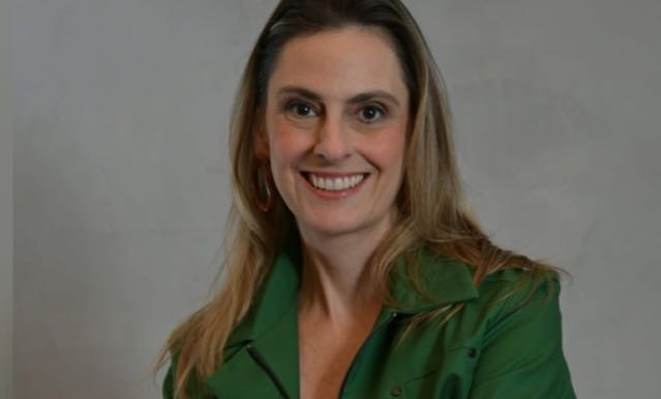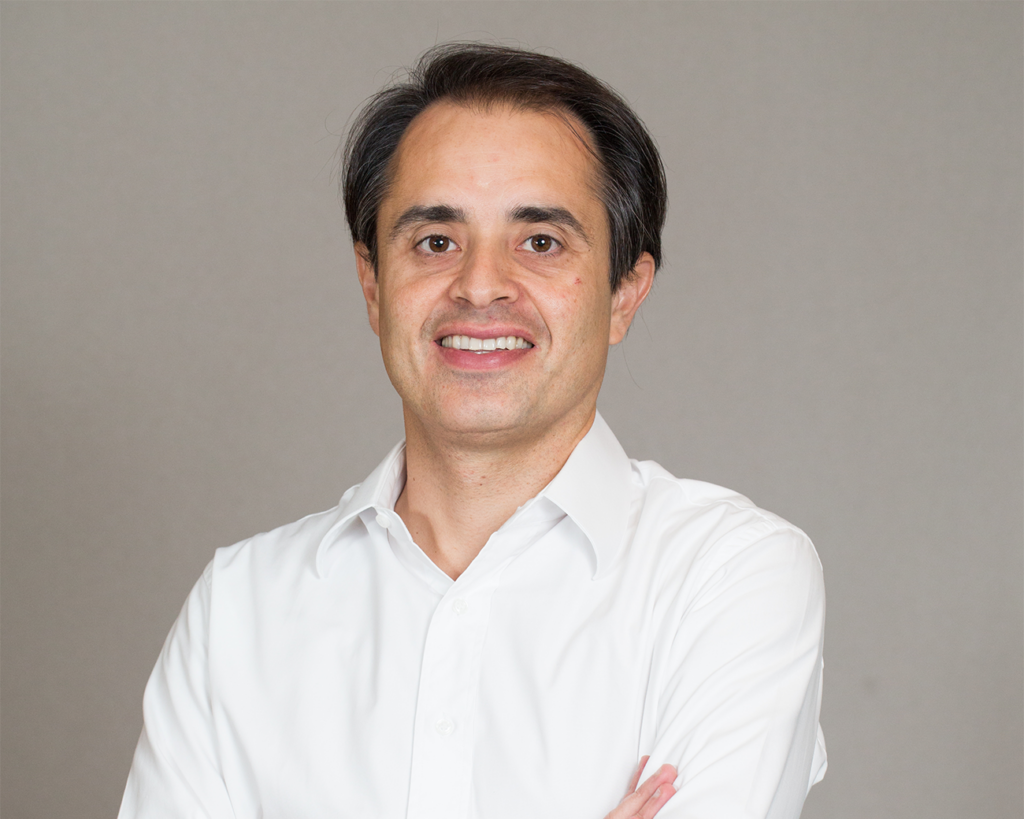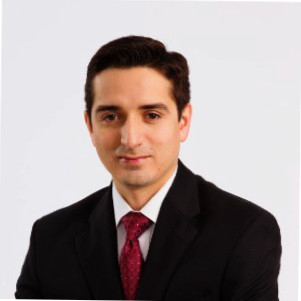LP Profiles, Member Profiles
An Interview with Jose Roca, Prima AFP
29 March 2012

Jose Roca, Chief Investment Officer for Prima AFP, the largest pension fund manager in Peru, discusses the current state of PE investing in Peru and possible changes on the horizon.
 LAVCA: Please give some background on Prima AFP. What are your assets under management and diversification strategy?
LAVCA: Please give some background on Prima AFP. What are your assets under management and diversification strategy?
Roca: Prima AFP is the largest pension fund manager in Peru with over US$10 bln in assets under management. Our ability to diversify by geography and asset class is restricted by regulatory limits. Seventy percent of the assets must be invested locally. Our clients’ assets are separated into three Funds (conservative, moderate and aggressive), and each one has a strict limit of maximum allocation to equities (namely 10%, 45%, and 80%, respectively). These limits define to a great extent the asset allocation and risk profile of each Fund. That said our limit to invest abroad (30%) is used for both equities and fixed income, and our investment focus is on security selection which is one of the main reasons why we have a relatively large team of investment professionals in Research.
LAVCA: How has the investment appetite of the Peruvian pension funds changed in recent years?
Roca: Since the limit to invest abroad was raised in 2010 from 20% to 30%, our focus has leaned towards foreign investments. For equities, we see these new investments as a way to improve risk-adjusted returns, as well as diversification and liquidity. Even a few days of traded volume in foreign shares allows for greater ability to rebalance, take profits or even reshape the risk profile of the portfolio.
Private equity has also been a trending asset class for local pension funds as they seek to meet the diversification criterion and, at the same, time generate returns which are in line with the investment horizon of our funds. Lastly, on the fixed income side, our focus has been mostly on corporate bonds, particularly those so-called “rising stars” (high yields upgraded to investment grade) and local currency emerging market debt.
LAVCA: Pension funds in Peru are currently allowed to invest up to 3% of overall assets in PE funds. Do you see the allocation to private equity changing over the next five years?
Roca: It seems likely that the 3% limit will be raised in coming years as we are getting closer to maxing it out. Otherwise we run the risk of being unable to place further commitments until at least one of two things happens: organic growth has a material impact on the denominator (assets under management), or our PE exposure is reduced through distributions of existing funds. However, neither of these is expected to significantly change in the near term. Understandably though, our regulators seek assurance that local pension funds have robust teams, knowledge and processes in place to further increase the limit in the future.
LAVCA: What are your biggest concerns in regards to investing in private equity?
Roca: Broadly speaking, our primary concerns are two-fold: valuation standards and corporate governance. At any given point in time, different funds may have different valuations for the same asset which doesn’t make practical sense. In terms of corporate governance at the GP level, our concerns have several layers: lack of transparency, side costs, management of conflicts of interest, and ability to execute deals in questionable companies or industries, among others.
On the local front, we share the aforementioned concerns but would add the lack of realized track records of GPs, and their scant options to exit through IPOs given the lack of liquidity and virtual absence of IPOs in the local market.
LAVCA: How do you assess whether to invest in a regional or global fund vs. a Peruvian fund?
Roca: Our initial approach to building a PE program was broad-based and thus global. We saw this approach as the most appropriate given where we were on the cycle: relatively inexperienced in the asset class, very small allocation to foreign PE, etc. However, as our due diligence and monitoring capabilities improved, and a restrictive PE limit of 3% was put in place, our preference has shifted towards niche strategies such as regional funds or sector funds. Our allocation to local PE funds is not constrained by the 3% limit, so our investment decision is usually more focused on the ability of the manager to create value relative to other local investments.
LAVCA: What would be the typical size of a commitment that you make to a fund?
Roca: Between US$20M and US$30M. A figure smaller than US$20M would probably not be material for our asset base. On the flipside, commitments north of US$30M are not ruled out but are more likely in second or third commitments to a GP that has been successful, close to its LPs and proved to have good investment discipline and corporate governance.
LAVCA: How do you go about finding and selecting the best fund managers? Do you invest in first-time funds?
Roca: We rarely invest in international first time funds, that is something that we are more likely to do locally as the PE industry is still developing. Regarding our fund identification process, we have shifted from a “push” to a “pull” strategy. Early on, we saw many funds that came to visit us in Lima (“push”), and we would move forward with a due diligence on the ones we liked the most. As we started participating in global PE conferences and also built strong relationships with funds-of-funds, we identified good managers that had never visited us. Moving on to a “pull” strategy, we started visiting them and “pulling” them into the Peruvian market.
LAVCA: What is your take on the current state of private equity investment in Peru?
Roca: From an LP standpoint, I believe there is still plenty of room to grow as a percentage of asset allocation. Between local and foreign PE, local pension funds hold roughly 5% of their assets, a figure that could gradually double over time if we were to resemble global standards in the pension fund industry. As for the local PE industry, the asset class has yet to develop further as only a few players have emerged with strong credentials and ability to execute good deals, and we have seen very few exits occur.
LAVCA: Has there been a shift in expected rates of returns for private equity given recent market turmoil?
Roca: Our view is that recent market turmoil technically provides good vintage years ahead; however, there is also a lot of liquidity and dry powder in pursuit of deals, which might affect returns in the future. Thus our view remains neutral.
LAVCA: Do you plan on making new investments in 2012?
Roca: We believe that our next investment will take us very close to the 3% limit so any further commitments would require the limit to be raised.
You may be interested in...
-

Luciana Antonini Ribeiro, eB Capital
Executive: Luciana Antonini Ribeiro, Co-Founder and CIO Member Name: eB Capital Year...
-

Cristiano Gioia Lauretti, Kinea Private Equity
Member: Kinea Executive: Cristiano Gioia Lauretti, Head of Private Equity HQ: São...
-

Maria Pia Iannariello, MGM Innova Capital
LAVCA recently spoke with Maria Pia Iannariello, Co-Founder & COO of MGM Innova Capital,...
-

Rafael Ramirez, Portfolio Manager, Alaska Permanent Fund Corporation
LAVCA recently spoke with Rafael Ramirez, Portfolio Manager– Private Equity &...